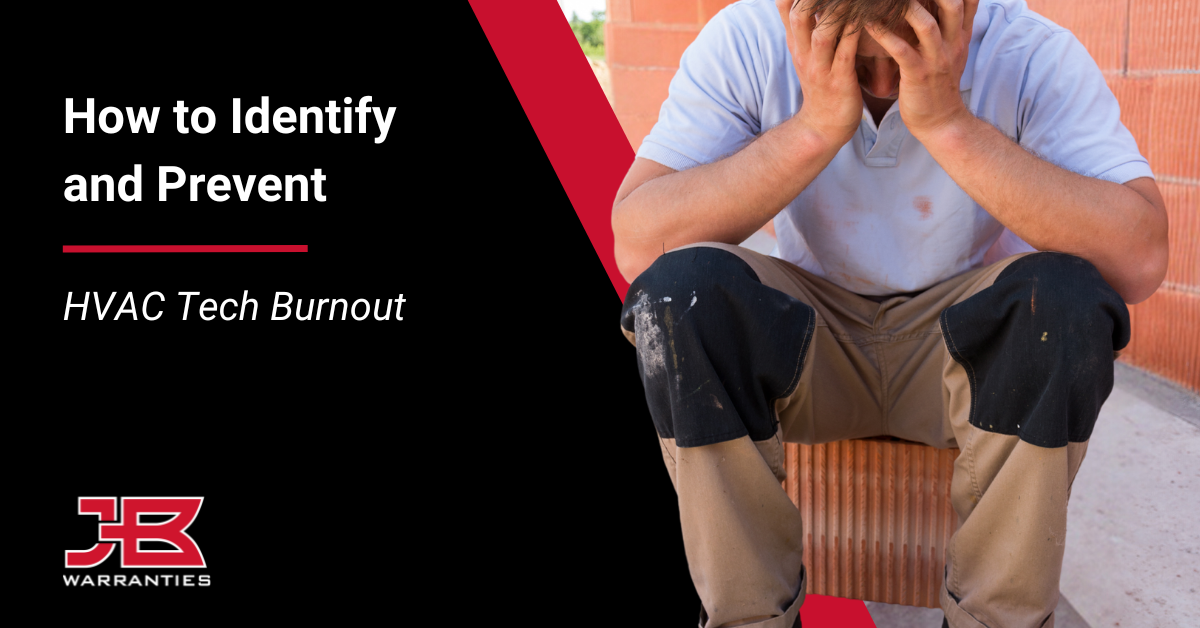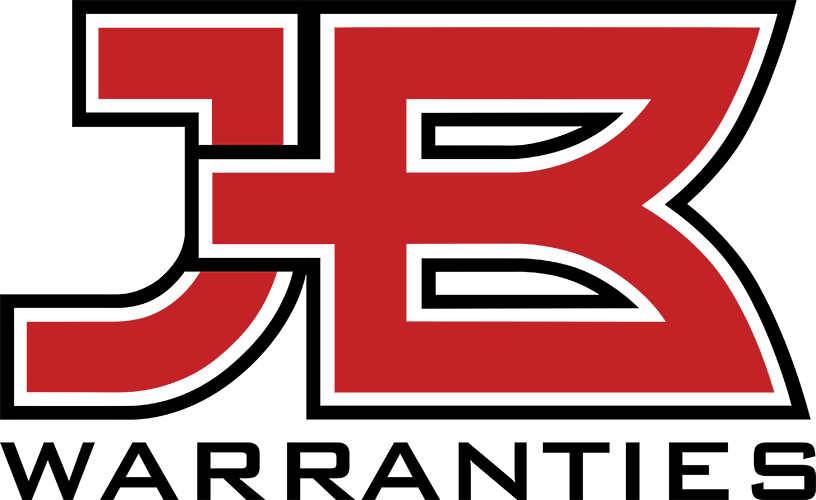
With a snowballing number of urgent winter service calls soon to roll in, the last thing HVAC service providers want to battle at the start of the New Year is employee burnout. Across the HVAC industry, compounding factors like continuous labor shortages throughout periods of overwhelming demand have triggered concerns for HVAC tech burnout — and the harmful impacts it has on businesses.
Now that 75% of workers report experiencing burnout, it’s never been more important for HVAC leaders to understand the risks. Failing to do so can not only negatively impact employees’ mental and physical health but also result in poor technician and customer retention, lower satisfaction rates, and, ultimately, decreased revenue. Here’s what you need to know to identify HVAC tech burnout in your business, along with actionable tips to prevent burnout within your workforce.
What is Employee Burnout?
Despite previous prevalence, the World Health Organization (WHO) officially recognized employee burnout as a workplace concern in 2019, defining it as “a syndrome conceptualized as resulting from chronic workplace stress that has not been successfully managed.” As a result of burnout, employees can experience feelings of energy depletion and exhaustion, reduced professional efficacy, mental distance, or heightened negative feelings towards an organization or business.
Beyond typical burnout influences, such as poor management, recent labor shortages across the HVAC industry have also continued to fuel ongoing burnout concerns. With 77% of tradespeople viewing labor shortages as a worsening problem, many HVAC operations are struggling to maintain a properly sized workforce that can keep up with customer demands and reduce pressure on staff.
Understanding the Risks of HVAC Tech Burnout
As an HVAC business owner, you must understand any risks that could impact your company’s profitability, productivity, and satisfaction rate. Unfortunately, HVAC tech burnout can impact all of these areas of business and more, not only slowing deteriorating your workforce one technician at a time, but also bringing on increased risks of serious workplace and customer liability concerns.
For example, when workers suffer from burnout, their attention to detail — and crucial safety skills — can quickly become hindered. From forgetting important safety protocols while on the job to conducting faulty work in the field, HVAC tech burnout can become the cause of workplace hazards or project quality issues that could potentially harm or injure both themselves and customers.
Outside of safety hazards and a lack of quality control on job sites, HVAC tech burnout can also induce customer and employee satisfaction concerns. High levels of stress and irritability associated with HVAC tech burnout often translates into poor communication, increased aggressiveness, and a lack of empathy towards both customers and team members, creating a negative workplace for all.
Identifying the Signs of HVAC Tech Burnout
To properly prevent and treat HVAC tech burnout among your team members, you must first be able to identify the signs and symptoms. Being able to promptly pinpoint HVAC tech burnout allows you to more effectively mitigate ongoing workplace and customer concerns, and more easily discuss solutions with employees.
Some common signs of the HVAC tech burnout experience may include:
- Increasing amounts of absenteeism, like not showing up to meetings
- Signs of emotional and physical exhaustion, such as acting lethargic
- Decreased productivity and an inability to complete daily tasks
- Declining customer relations and customer satisfaction ratings
Bear in mind that each employee is different, and even the best-performing technicians may still be battling burnout concerns that are beyond your scope of view at work. It can be helpful to measure teamwide burnout by providing monthly surveys to all employees, so that they can confidentially notify managers of any underlying burnout concerns as well as potential causes in the business.
Top Tips for Preventing HVAC Tech Burnout
When discussing the concern of HVAC tech burnout, the overarching goal is to not only prevent it but also provide a workplace that strongly supports employee wellbeing. Consider these top three tips for building a burnout-proof workplace that encourages employee satisfaction and retention.
1. Develop a Supportive Company Culture
To prevent job burnout, supportive company cultures are a must. Company owners and managers must consistently make an effort to seek out all work-related problems, such as customer-related issues or tensions among team members, that could fuel symptoms of burnout. Rather than deny them, provide prompt solutions that proactively eliminate the concern and reduce future recurrence.
Furthermore, while customer satisfaction is a key component of business success, it’s also more important to prioritize employee well-being over your Google and Angie ratings. Good company culture ranks employee satisfaction first in support of customer satisfaction second. Stronger and more supportive relationships with employees will ultimately result in higher productivity, stronger company appreciation, and, of course, higher customer satisfaction.
To control and eliminate any existing concerns of burnout, don’t forget to also take care of your employees as a key component of your company culture. When an employee expresses that they are feeling overworked or are unable to meet ongoing expectations, be sure to counter the issues with a positive solution, such as counseling resources, mental health days, or smarter scheduling.
2. Encourage Teamwork and Smart Scheduling
Speaking of smart scheduling, great managers who build a committed, highly cohesive workforce with a strong sense of teamwork while out in the field are better equipped to prevent HVAC tech burnout. Encouraging constant and honest communication amongst your team on the job helps better align your overall operations and gives managers better visibility into potential concerns.
When a team member is showing signs of burnout or has raised similar concerns on their burnout survey, it can be helpful to temporarily partner these employees with another technician to offset the workload pressure. This allows team members to keep an eye on and assist those who may be having a hard time, all while preventing the above-mentioned liability concerns from absenteeism.
What is the best way to achieve this? Practice smart scheduling. Ensuring employees receive proper time off, paying attention to overtime hours, and ensuring technicians can take mid-day breaks is critical to preventing employee burnout. Be sure to also set honest expectations with customers on when techs will arrive to avoid unwanted and unhealthy pressure on your employees throughout the day.
3. Improve Employee Retention and Hiring Strategies
With labor shortages fueling employee burnout, companies need to follow effective strategies to hire and retain the proper workforce that can meet their current customer demand. Employee shortages accompanied by an overwhelming customer demand will result in unnecessary pressure on existing team members, higher burnout rates, and, of course, impacts on overall profitability.
Beginning with your hiring efforts, venture into multiple applicant networks, including job boards, LinkedIn networks, and local trade schools to broaden your pool of potential new hires. It’s important to streamline your application process by developing detailed job listings that will attract exactly who you’re looking for, creating a more effective interview and onboarding process.
In addition to your hiring efforts, you must also continue to follow effective employee retention strategies that encourage techs to stick around. This can include offering employees competitive pay and benefits, mentorship programs, and career advancement opportunities. Remember, however, these tactics are only as valuable as the level of effort you put into maintaining a supportive workplace culture.
Don’t Let HVAC Tech Burnout Weigh Down Your Operations
From developing a supportive workplace culture to implementing stronger employee hiring and retention strategies, there are many avenues employers can take to curb concerns of HVAC tech burnout. With the right approaches, HVAC companies can develop a lucrative workplace that encourages long-standing teams, happy customers, and minimal workplace stressors.
For industry-leading solutions that can help streamline operations and assist with burnout prevention, JB Warranties Dealer Services Marketplace has you covered. Here you’ll find a variety of technician-focused apps that help HVAC business owners combat burnout concerns through features like smart schedulers, HR platforms, and recruitment tools. Visit the Marketplace to learn more!

Tommy Cue
Vice President of Strategic Partnerships at JB Warranties






